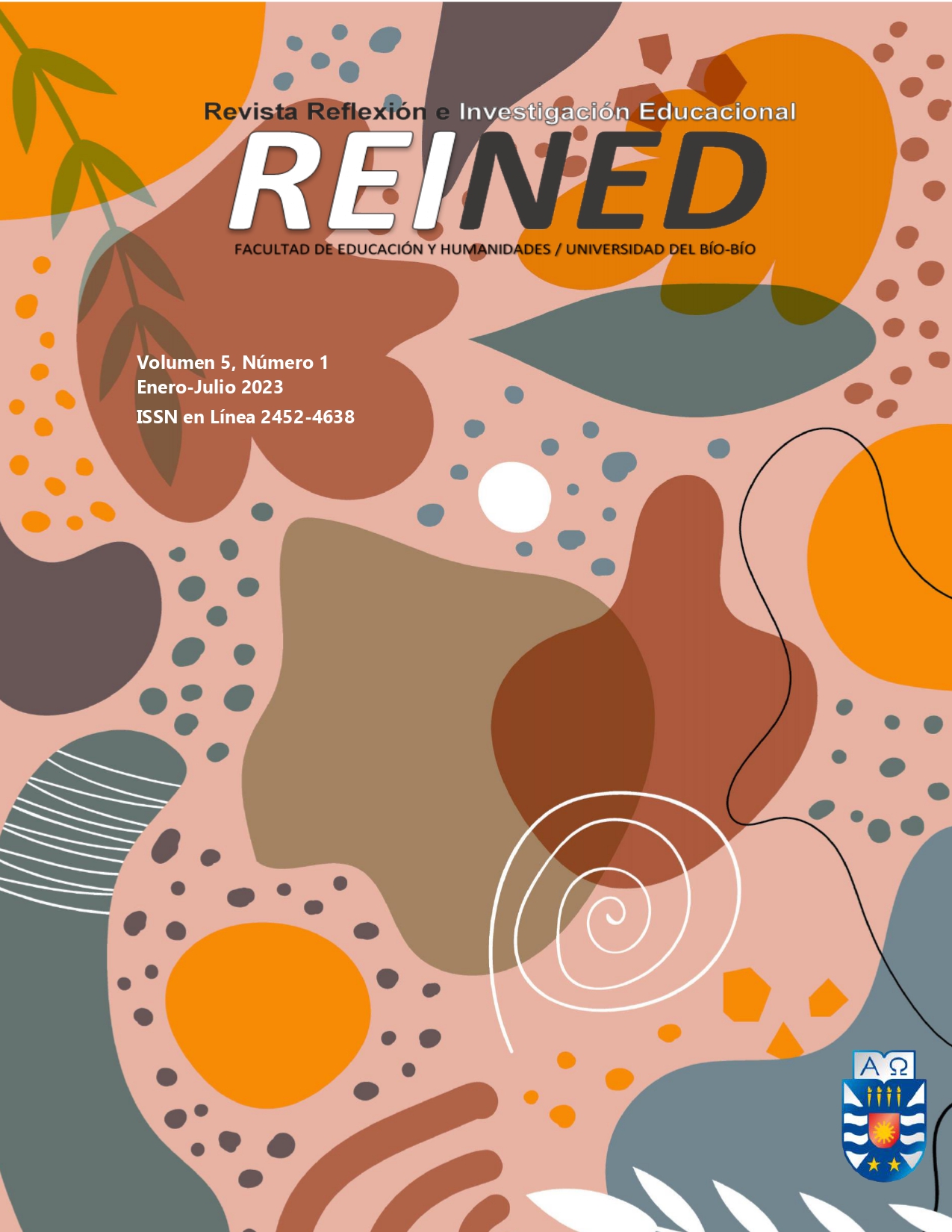Paralympic cross-country skiing in Brazil: Suggestions for the initiation of children and young people in sports
Main Article Content
Abstract
The Paralympic Cross-country Ski, is a winter Paralympic modality, practiced by people with physical and visual disabilities, using skis which are conducted by poles. The sport has developed in Brazil thanks to rollerski, equipment that allows simulating the technique of the modality on asphalt. However, there are barriers that distance the participation of people with disabilities in adapted sports programs, such as the lack of preparation in teacher training. The aim of this study is to describe basic information about Paralympic Fund Skiing and the possibilities of sports initiation. It is a qualitative study, characterized as a theoretical essay, based on a descriptive-exploratory bibliographic study. During initiation, it is essential to develop the basic fundamentals and provide activities that enrich the repertoire. Diversion is an extremely powerful motivating force for children. The use of didactic strategies that use games is indispensable, leaving aside the more traditional approaches centered on technique. The basic techniques and the fundamentals differ according to the categories, in standing and visually impaired under the same conditions applied in conventional deep skiing. For the sitting category, trunk control is crucial, and it is essential to use strategies so that the practitioner can explore their possibilities and limits of trunk movement. In general, the use of ludic activities focused on the acquisition of basic motor skills, and basic fundamentals of the modality are essential during the sports initiation of children and young people.
Article Details
References
Adaptive Nordic Instructor's Manual. (2011). https://disabledsportseasternsierra.org/wpcontent/uploads/2018/10/Adaptive_Nordic_Manual-reduced-size.pdf
Boas, M. S. V., Bim, R. H., & Barian, S. H. S. (2003). Aspectos motivacionais e benefícios da prática do basquetebol sobre rodas. Journal of Physical Education, 14(2), 7-11.
Canadian Sport. Centres. (2007). Long-Term Athlete Development for Athletes with a Disability. Canadian Sport for Life.
Cardoso, V. D. (2011). A reabilitação de pessoas com deficiência através do desporto adaptado. Revista Brasileira de Ciências do Esporte, 33(2), 529-539. https://doi.org/10.1590/s0101-32892011000200017. DOI: https://doi.org/10.1590/S0101-32892011000200017
CBDN. Brasil irá aos Jogos Paralímpicos de Inverno com três atletas. (2018, fevereiro 19). CBDN. https://cbdn.org.br/brasil-ira-aos-jogos-paralimpicos-de-inverno-com-tres-atletas/
Coelho, W. L., Pereira, T. B. L., Haidar, G., Ribela, L., Munster, M. A. Formação De Classificadores Funcionais No Para Ski Cross Country: Primeiros Registros No Brasil. (2018, dezembro) Revista Brasileira de Medicina do Esporte: Anais do VI Congresso Paradesportivo Internacional, São Paulo, 24(6), 69.
Costa, A. M., & Sousa, S. B. (2004). Educação física e esporte adaptado: história, avanços e retrocessos em relação aos princípios da integração/inclusão e perspectivas para o século XXI. Revista Brasileira de Ciências do Esporte, 25(3).
De Castro, E. M. (2011). Atividade física adaptada. Novo Conceito.
Manske, B. (2014). THE HISTORY of Rollerskiing. Cross Country Skier [online], 34(1), 46-63.
Melo, F. A. P. D. (2014). Influência de um programa de iniciação esportiva em crianças com deficiência física.
Moran, T. E., & Block, M. E. (2010). Barriers to Participation of Children with Disabilities in Youth Sports. Teaching Exceptional Children Plus, 6(3), 3.
Munster, M., & Almeida, J. J. G. (2010). O esporte adaptado no contexto da extensão universitária. Das Margens ao Centro: perspectivas para as políticas e práticas educacionais no contexto da educação especial inclusiva, 457-467.
Munster, M. D. A. V., & Almeida, J. J. G. D. (2006). Um olhar sobre a inclusão de pessoas com deficiência em programas de atividade motora: do espelho ao caleidoscópio. Atividade motora adaptada: a alegria do corpo. São Paulo: Artes Médicas, 81-92.
Pereira, T. B. L., Coelho, W. L; Ribela, L.; Alves, F. C. O; Munster, M.A. Do Asfalto À Neve: A Transição Do Rollerski Ao Para Ski Cross Country Na Perspectiva De Atletas Brasileiros. (2018, dezembro) Revista Brasileira de Medicina do Esporte: Anais do VI Congresso Paradesportivo Internacional, São Paulo, 24(6), 69.
Pereira, T. B. L., Ribela, L., & Munster, M. A. V. (2020). Desenvolvimento do Para Ski Cross Country no Brasil. ADAPTA, 12(1), 47-54. Professional Ski Instructors of America and the American Association of Snowboard Instructors (PSIA-AASI). Nordic Handbook (2006). Northern Rocky Mountain Division.
Ribela, L., Pereira, T. B. L., Munster, M. A. V. (2023). Esportes Paralímpicos de Inverno: Iniciação ao Para Ski Cross Country. In: Wincckler, C. (Org). Pedagogia do Paradesporto. Santos: Ed. do Autor, p. 369-404.
Stigger, M. P. (2005). Educação Física, esporte e diversidade. Autores Associados.
Teixeira, A. M. F., & Ribeiro, S. M. (2006). Basquetebol em cadeira de rodas. Paraolímpicos do Futuro.
Tweedy, S., & Howe, P. D. (2010). Introduction to the paralympic movement. DOI: https://doi.org/10.1002/9781444328356.ch1
USA. Paralympics Nordic Skiing (2020). Sit ski instructor manual.
WPNS. World Para Nordic Skiing Rules and Regulations Cross Country Skiing and Biathlon. (2019) World Para Nordic Skiing.
WPNS. World Para Nordic Skiing (2017). Classification Rules and Regulations.

